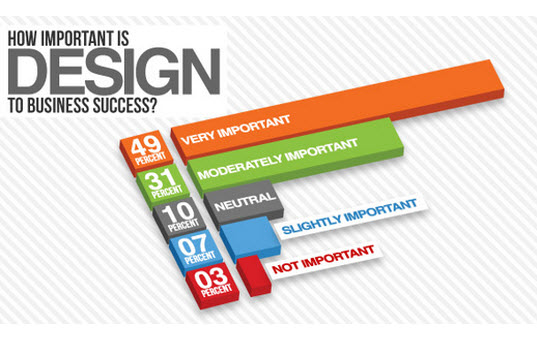The Advancement Of Internet Site Layout: From Earlier Times To Currently
The Advancement Of Internet Site Layout: From Earlier Times To Currently
Blog Article
Content By-Rasmussen Hyldgaard
In the past, sites were straightforward and focused on information. Navigating was straight, and layout was for desktop computers. Now, individual experience is crucial. Click That Link overviews styles for very easy navigating. Receptive designs fit different tools. Today, dark setting minimizes pressure, and minimalist menus enhance navigation. Interactive attributes involve users, and strong visuals attract attention. https://sergiolhbvq.blogolenta.com/23474885/improve-your-capacity-to-produce-effective-calls-to-action-in-web-design-by-complying-with-professional-guidance-that-can-improve-the-performance-of-your-web-site enhances involvement. See exactly how style has progressed to enhance your on the internet trip.
Early Days of Web Design
In the very early days of web design, simplicity preponderated. Websites were basic, with restricted colors, font styles, and layouts. The focus got on providing info instead of fancy visuals. Users accessed the web with sluggish dial-up connections, so rate and functionality were vital.
Navigation food selections were straightforward, typically located at the top or side of the page. Internet sites were designed for computer, as mobile surfing had not been yet common. Content was king, and designers prioritized simple readability over complex design aspects.
HTML was the key coding language made use of, and designers needed to work within its restraints. Computer animations and interactive features were minimal compared to today's standards. Sites were static, with little dynamic material or tailored individual experiences.
Surge of User-Focused Design
With the development of site layout, a shift in the direction of user-focused layout principles has actually become progressively popular. Today, producing sites that prioritize user experience is critical for involving site visitors and accomplishing organization goals. User-focused design involves recognizing the requirements, preferences, and actions of your target audience to customize the website's layout, material, and features accordingly.
Developers now carry out detailed study, such as individual studies and functionality screening, to collect understandings and responses straight from individuals. This data-driven approach assists in producing user-friendly navigation, clear calls-to-action, and visually attractive user interfaces that resonate with site visitors. By positioning the customer at the facility of the design process, internet sites can deliver a much more personalized and delightful experience.
Receptive layout has additionally become a vital facet of user-focused design, making certain that sites are maximized for various gadgets and display sizes. This adaptability improves availability and functionality, dealing with the diverse means individuals interact with internet sites today. Essentially, the surge of user-focused design represents a shift towards creating digital experiences that prioritize the needs and expectations of the end individual.
Modern Trends in Website Design
Explore the most recent fads forming website design today. One famous fad is dark setting design, offering a streamlined and modern appearance while minimizing eye strain in low-light environments. One more key pattern is minimalist navigating, simplifying menus and enhancing customer experience by concentrating on essential elements. Integrating micro-interactions, such as animated buttons or scrolling effects, can produce an extra appealing and interactive web site. Responsive layout continues to be important, making certain smooth user experiences across various gadgets. In addition, utilizing vibrant typography and unbalanced formats can add aesthetic passion and draw attention to details material.
Incorporating AI innovation, like chatbots for customer support or personalized recommendations, enhances user involvement and streamlines processes. Availability has likewise come to be a considerable trend, with developers prioritizing comprehensive design practices to deal with varied customer demands. Accepting sustainability by enhancing internet site performance for speed and performance is another emerging trend in website design. Working together with user responses and data analytics to iterate and enhance style continuously is essential for staying relevant in the ever-evolving digital landscape. By accepting these contemporary trends, you can develop an aesthetically appealing, easy to use website that reverberates with your target market.
Final thought
As you assess the advancement of site style from the early days to now, you can see exactly how user-focused style has actually ended up being the driving pressure behind modern-day trends.
Embrace the trip of adjustment and adaptation in website design, always maintaining the user experience at the forefront.
Stay current with the most up to date trends and modern technologies, and never quit advancing your strategy to develop visually stunning and user-friendly internet sites.
Advance, adjust, and develop - the future of website design is in your hands.
